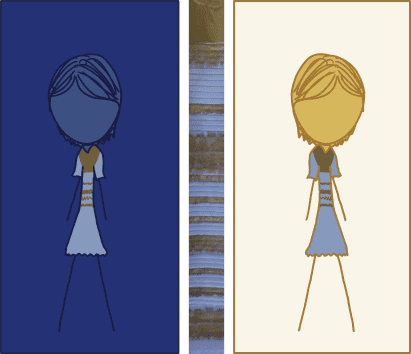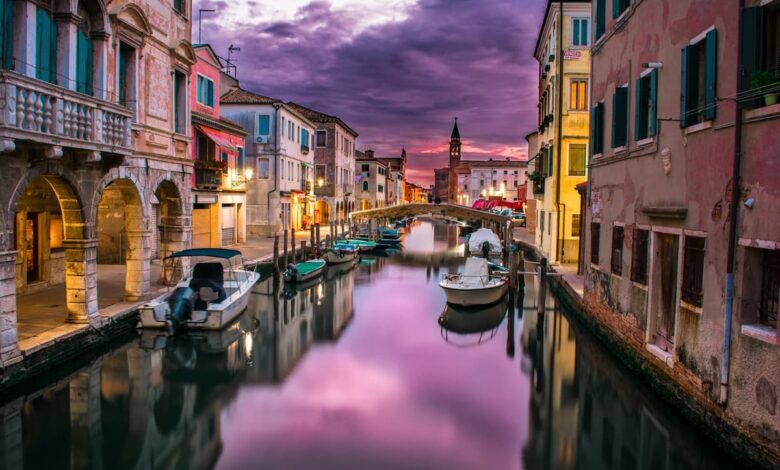You've further made his point.

Not really.
He's arguing that without information about US road signs, you could assume that the sign was blue. Or that was how I understood it, anyway.
That's not true, there's enough information in the picture to rule that out. If the sign was blue, it wouldn't appear the same colour as a shaded section of a white object. And the car is clearly white, you've got a fairly wide range of lighting states visible, so as long as you assume that the actual paint is the same colour all over the car you've got a good baseline for how white appears in this image.
Remember, no matter what the actual colour may be in the picture, your extrapolation of the real colour has to be consistent. If a blue object is going to appear white in an image, then it's going to impact the entire image. The fact that there's a known blue object (the sky) that doesn't appear washed out would indicate that the blue channel hasn't really been messed with to a great extent.
The dress picture is funky because there's very little reference in it, which should probably be leading people to assume that what they see is what they get. Ie. either blue/gold or blue/black depending on how you interpret the shadows and whether you know that there's a particular sort of fine black cloth that can be reflective like that in similarly lit situations.
The only way you get white is assuming that shadow is causing all of the colour change on the dress. Which is possible, but requires additional assumptions that are not supported by anything in the image. There isn't a white object to compare to and establish how the camera is treating shadow.







 Before, when watching it in a room with sunshine coming in, it was blue/black. Must be a peripheral vision thing...
Before, when watching it in a room with sunshine coming in, it was blue/black. Must be a peripheral vision thing... 















